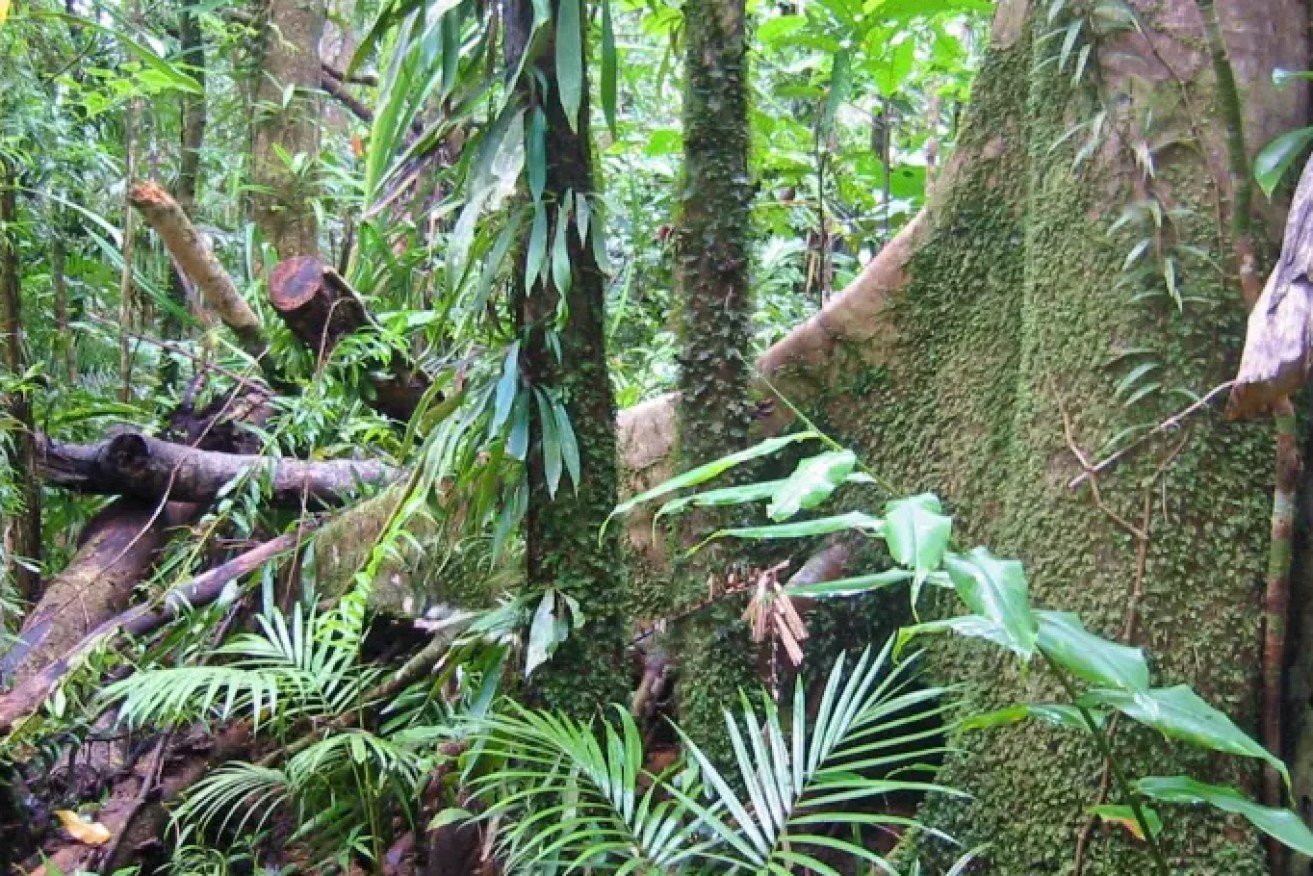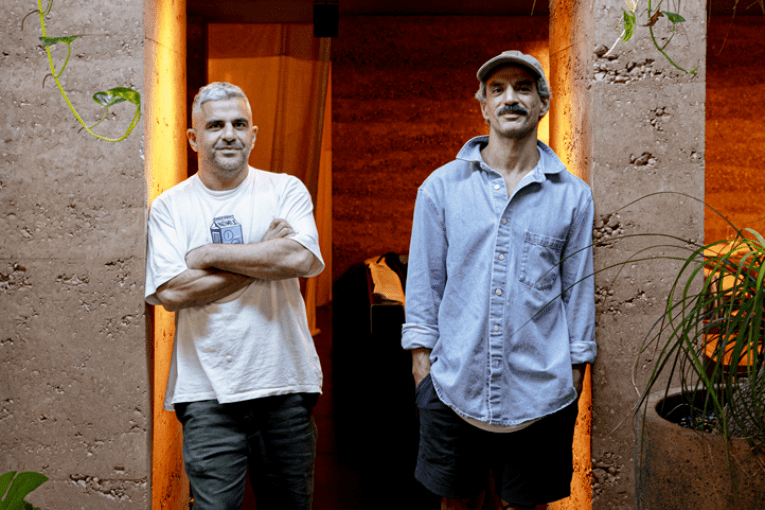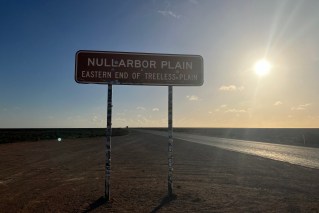Deadwood: Proof that climate change sucks the life out of our rainforests
Climate change is taking a devastating toll on Australia’s rainforests, killing trees at a faster rate since the 1980s, a new study confirms.

The average death rates of tropical trees in Australia have doubled in the last 35 years, as global warming increases the drying power of the atmosphere, a long term study published in the journal Nature found.
“Trees are living around half as long, which is a pattern consistent across species and sites across the region. And the impacts can be seen as far back as the 1980s,” said James Cook University professor Susan Laurance.
Prof Laurance joined researchers of the study from the Smithsonian Environmental Research Center, Oxford University, and the French National Research Institute for Sustainable Development (IRD).
Lead author tropical forest ecologist David Bauman said the study found the increase in tree mortality across the diversity of species and different locations would further impact the environment.
“A sustained doubling of mortality risk would imply the carbon stored in trees returns twice as fast to the atmosphere,” Dr Bauman said.
The scientists insist decades of data will be needed to detect effects in long-lived organisms but have traced the change in the death rate since it started in the 1980s.
The rainforest study examined more than 8300 trees over 50 years of data in 24 forests and is vital to identifying the long-term effects of climate change.
JCU Associate Professor Lucas Cernusak said recent studies in Amazonia also suggest tropical tree death rates are increasing.
“Intact tropical rainforests are major stores of carbon and until now have been ‘carbon sinks’, acting as moderate brakes on the rate of climate change by absorbing around 12 per cent of human-caused carbon dioxide emissions,” said Cernusak.
The team believe the main climate driver is the increased drying power of the atmosphere.
As the atmosphere warms, it draws more moisture from plants, resulting in increased water stress in trees and ultimately increased risk of death.
When the researchers crunched the numbers, it also showed the loss of biomass from this mortality increase over the past decades has not been offset by biomass gains from tree growth and recruitment of new trees.
“This implies the mortality increase has translated into a net decrease in the potential of these forests to offset carbon emissions,” said Dr Cernusak.












